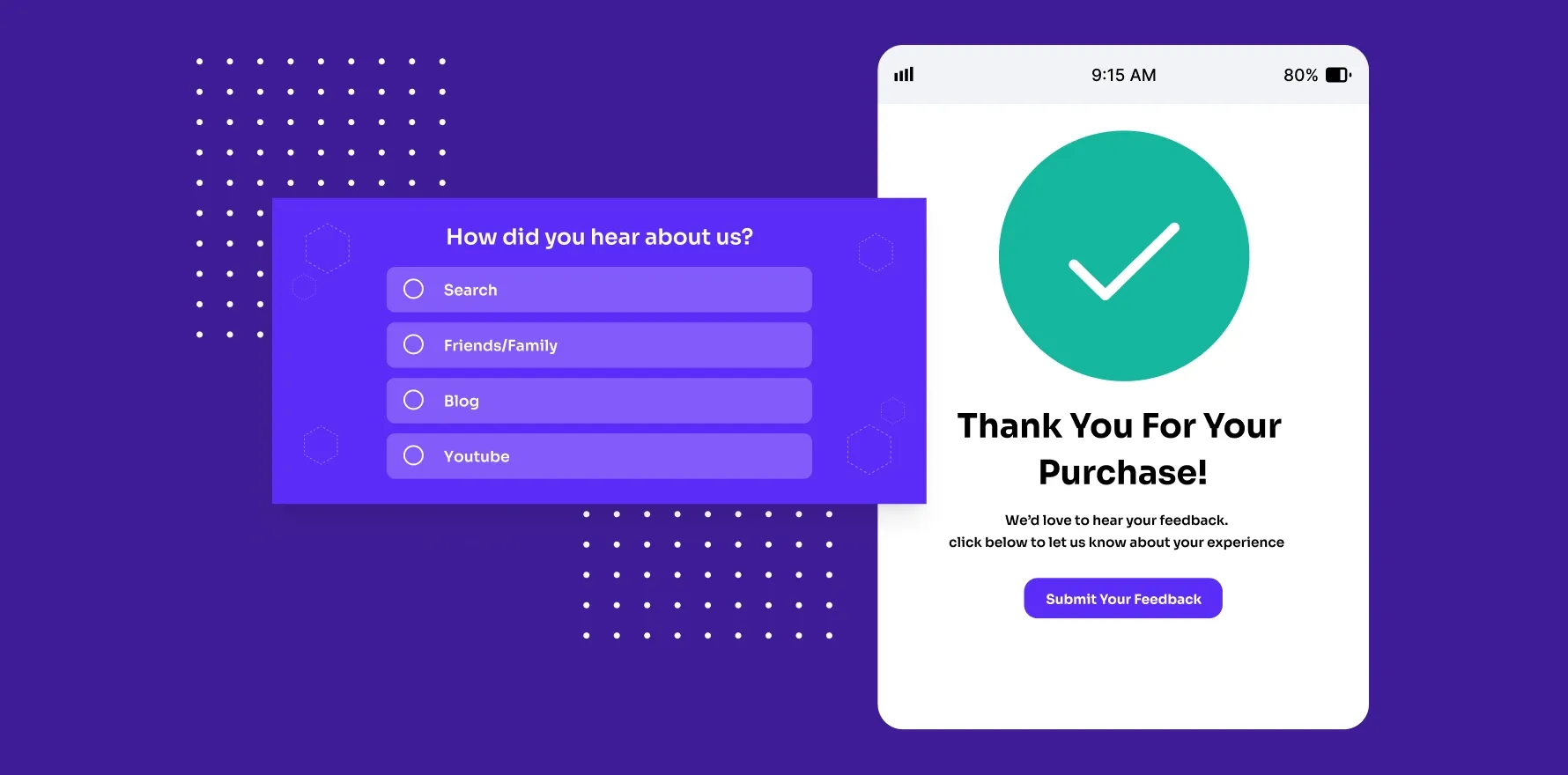Marketing has evolved to become the lifeblood of sales in the ecommerce era. The need for an excellent digital marketing campaign is immense. But the question arises: how to judge whether a particular marketing campaign was effective?
It has become excessively tricky in the multi-channel communication ecosystem of the current times to attribute contribution among various channels accurately. This is a problem that marketing teams across industries face every day.

There are a lot of solutions to this problem that will be discussed further in this article. But before jumping to that, let’s look at a brief introduction about marketing attribution and its relevance to proceed towards solving the marketing attribution problem!
Marketing attribution and its importance
The acquisition of customers in the digital world requires reaching out to them through different channels that the prospects use frequently to redirect them to the point-of-sale. But there has to be a logic based on the acquisitions attributed to the channels from where the leads are being generated.
This is crucial because it is foundational to how marketing campaigns are designed and what strategies are used to get the most out of the marketing spend.
Using the right mode to push sales allows DTC brands to realize the intended return on campaign investment. But the same can only be done by identifying those weak links that might not be leading to many conversions.
There is just one problem with this idea though: the non-linear pattern followed by customers to reach the point of conversion. The various devices and channels used before finally making the purchase put the marketer in a fix as to the attribution logic that should ideally be used for conversion.
A lot is happening between the generation of leads and conversion, which calls for unlocking customer behavior at various touchpoints to pinpoint the trigger correctly.
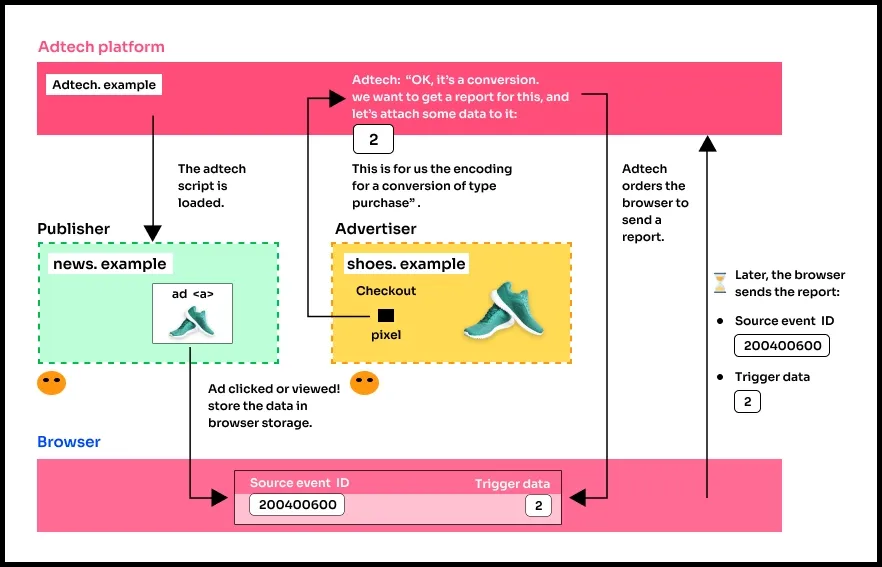
Marketers today often rely on last-click attribution, which negates what’s arguably the most important touchpoint: where the customer discovered the brand or product.
Balancing ‘digital rent’
Make no mistake of thinking that neo-DTC brands, believing in the digital-first culture, save the rentals of a physical store. They indirectly pay for these rentals in the digital ecosystem through google ad spends, Instagram promotions, etc. to acquire customers.
The digital rents make up the customer acquisition costs (CAC), which are sufficiently bulky, and proper accountability is required to justify them.
Brands need to control their CAC while they need to recover these from their revenues. The idea is to acquire the customer for a lifetime such that the one-time acquisition cost balances the customer’s total lifetime value (CLTV).
This is where the documentation of a customer journey comes into the picture with the cost of acquisition being accurately apportioned to match the revenues over a period of time.

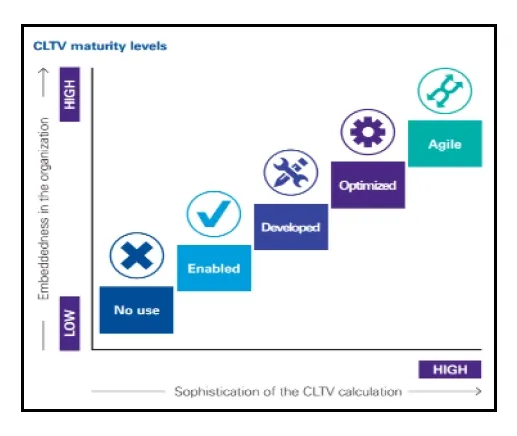
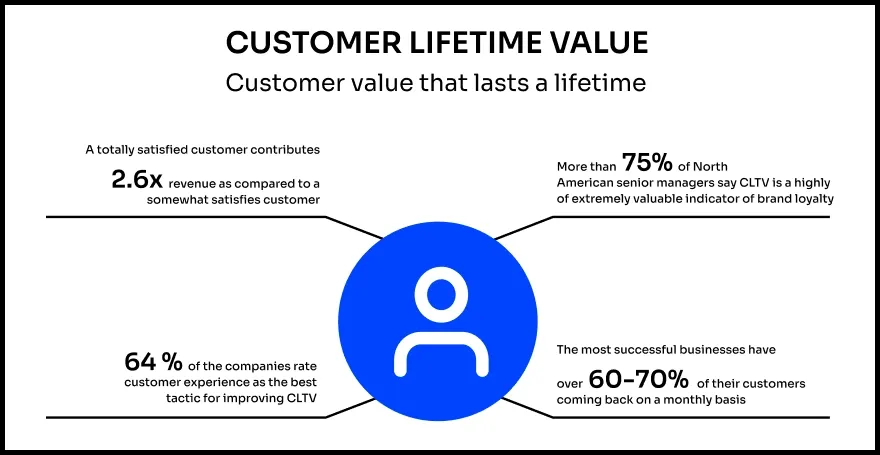
The customer journey with a brand is a complex web of to and from with long intermittent spells of silence that render the impact of last-click touchpoint almost worthless. This is why reliance on self-reported return on ad spend (ROAS) is not sensible in measuring performance of paid marketing.
A recent lawsuit on Facebook claimed that there has been over-reporting to the extent of900%, making platform data seem utterly misleading. The role of lead generating touchpoint shouldn’t be overlooked as it bears the responsibility of introducing the brand to the prospect.
So, the realization sinks in that surely communication is the key. Feedbacks have been playing an important part for reporting customer experience with the product or service being sold. But another step before they even get to experiencing the product they paid for, is to know how they got there. And remember, customer journey is being documented for a long-term association.
Importance of post-purchase surveys
The best means of unlocking each touchpoint’s impact in the customer journey is through conducting a post-purchase survey. It gives a bird’s eye view of the customer’s perspective about the brand and how each attempt of conversion in the form of a communication channel convinced them to proceed towards making the transaction.
This is a reliable and genuine way of solving the attribution problem as against deploying a standard logic, irrespective of every customer’s unique journey.
The impetus on a particular part of a unique journey is of essence because not all purchases result from impulse. So, it is fundamentally wrong to attribute all the credit of purchase to the last touchpoint. The conversion path tells the true story about what were the ideal promotions or timings that instigated the purchase. And that’s not all. Customers can also be asked to suggest how they would prefer to be approached or what information could have been provided for a quicker conversion. The scope of the depth of interaction with the customer can be dependent on how they engage with the survey. The survey can be structured in a way so as to display a customized flow of questions to the customer.
Another factor that makes post-purchase surveys all the more important is the evolving privacy policy for smart devices. For example, in its recent updates, Apple has rolled out a feature for automaticallyblocking any kind of tracking by default.
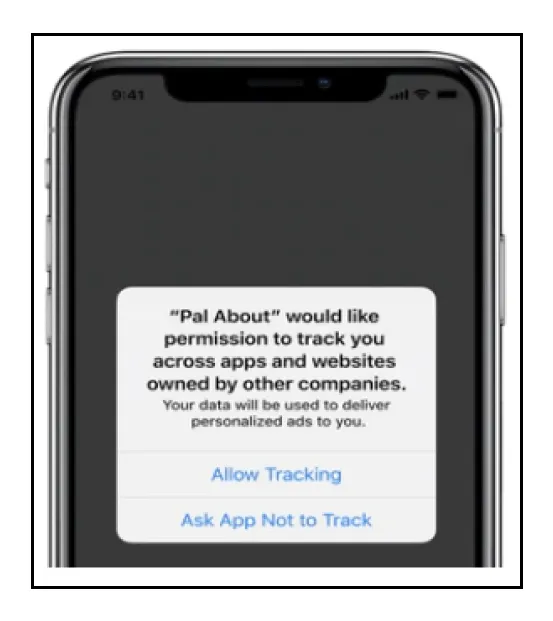
Platform attribution has been hampered with this new automatic blocking functionality. The choice is now shifted to the users, who can either fill up the survey to identify their customer journey or spare themselves of the hassle by being tracked.
This might superficially look scary to most DTC brands as they might assume that their customers would not do either, but many will. And the improved quality of data will very well compensate for the lost quantity. Even the platform data can be verified on account of customer surveys.
Structuring post-purchase surveys
The additional marketing data that the surveys are capable of capturing give them a unique place in the marketing ecosystem and also allow marketers to be more innovative in their analysis approach.
As per The Correspondent’sreport, many marketers are scared to make the shift from the platform analysis route out of the fear that it will be too complex to gauge performance without the proprietary analytics tools of the platforms.
Diversifying the marketing budget proves to be a boon for the performance of the digital campaigns as alternative solutions offer a lot of potential for detailed insights into the customer journey.
Attribution survey is not a novel idea in identifying the customer journey but is highly underrated for the fact that there are easier tools available for the same purpose, despite the fact that they are not as efficient as anecdotes.
Asking the right questions makes a lot of difference in extracting the real value out of a survey. The first question that enhances survey completion rates should be intuitive and almost like a click-bait. For example, the question can begin from “The first thing on your journey with us…” or “Not forgetting to give credit where it’s due…”.
The language conveys the intent and builds an interactive bond with the newly onboarded customer while also conveying the brand values.
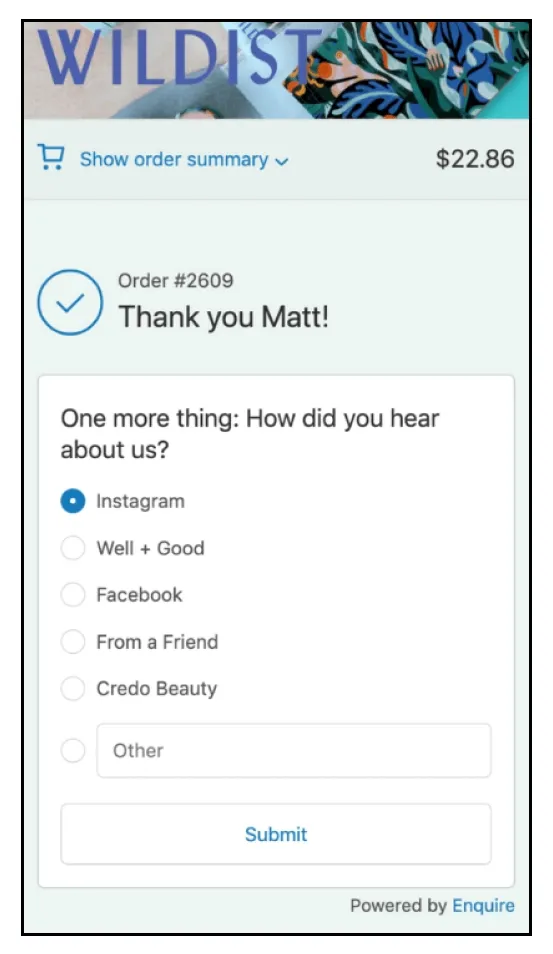
The list of options should include all possible options of media campaigns that have been run by the brand in the past year as it might take that long for a meaningful conversion. Also, the option to mention more details with the “Other” option has found to be beneficial in incorporating any missing option.
Making the surveys purposeful
There are the best survey tools businesses develop to help understand the data points collected from the surveys for robust reporting.
The trick to categorical analysis of the data is to identify which are the features that the customers like more about that platform and if there are any similarities that they draw between the services offered by the brand and the platform they attribute the most for conversion.
This helps connect with the customer on a personal and intellectual level while allowing for a diversified marketing model to push the customers further in the sales funnel.
Summing up
Attribution surveys are best designed to suit the brand voice and the purpose of the business. For ecommerce brands, the most valuable outcome from conducting a post-purchase survey is to build a loyal customer base.
Repeat purchases are the key to expanding your business as the marginal cost of getting customers is lesser than customer acquisition cost.
Short, properly-placed, and timely surveys give a value proposition to the customers in today’s fast-paced world.
The less friction there is to attempt the survey, the better it is for your DTC brand.
Attribution logic is purposeful given that they are based on authentic information coming from the source.
Open-ended questions help get feedback that even you may not have thought about. Highly positive feedback via post-purchase attribution surveys can be incentivized for customers.
You may also like
Essential resources for your success
